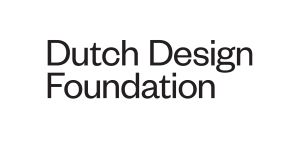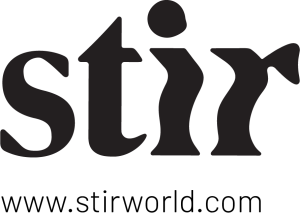The plastic soup is regularly in the news. A recent report by the World Economic Forum announced that they believe there will likely be more plastic than fish swimming in the sea by 2050. Now plastic bags are out of vogue and plastic is collected separately in the Netherlands. As well as consumers, designers need to make a difference. Various Dutch Design Week 2017 participants presented solutions that extend further than just recycling plastic. Waste and reuse in general were important themes.
One of the methods for combatting plastic refuse is to empower consumers to recycle it themselves. Dave Hakkens, a Design Academy graduate, presented the latest version of his Precious Plastic machine during DDW. This recycling machine offers a solution that can be employed globally. An open source manual is available online that takes into account universal materials. Another project that drew a lot of attention was the People’s Pavilion; a 100% borrowed and circular pavilion made possible by loans from manufacturers, suppliers and residents from Eindhoven. The building was designed by Overtreders W and Bureau SLA. After DDW, all the construction materials were returned to the original owners.
To reduce the use of plastic, an increasing number of designers are studying the possibilities of replacing plastic with biomaterials. Guest lecturer Tjeerd Veenhoven guided various students at the Bauhaus Universität Weimar in developing alternative types of materials. Luzie Deubel experimented with biodegradable materials for waterproofing paper. This has resulted in a paper raincoat. Isaac Monté and Doreen Westphal utilised waste from the food industry. Isaac Monté developed organic paper made from waste leaves from leeks that serves as packaging for vegetables. Doreen Westphal gave oyster mushroom stubs a new life through producing a vegetarian sausage called Planti15.
A number of designers displayed surprising perspectives on recycling. Simone Post, as part of the Eco-Oh project, developed new plastic samples from refuse. It was her aim to show the beauty of recycling plastic. She feels a step forward would be if plastic was sorted by colour in the future, so that it does not just all end up a grey mass. Jessica Hartog has a similar idea. In an inspiring book she incorporated various shapes of colour-sorted recycled plastic. During DDW she presented various panels with her book which accentuated the aesthetics and rich pallet of colours. The winner of the HEMA Design Date competition, Mirjam de Bruijn, offered an alternative for the use of household products, like shampoo and cleaning agents. These products are on average 80% water. Her project Twenty is a proposal to sell the basic ingredients that are later diluted by the consumer. This reduces the CO2-emission through more effective transport and less packaging waste.










